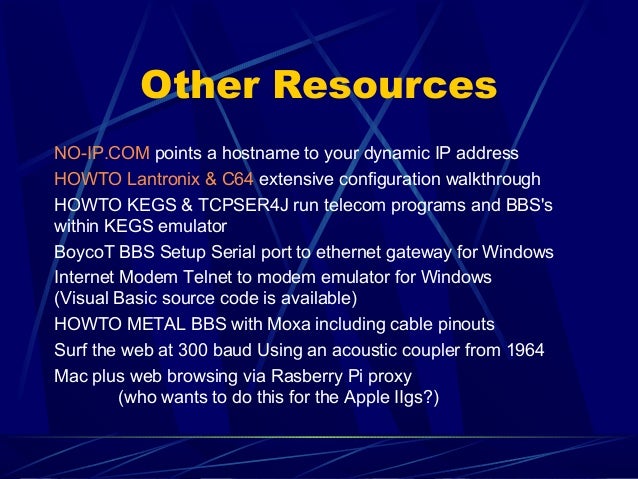PuTTY is a free and open source gui X based terminal emulator client for the SSH, Telnet, rlogin, and raw TCP computing protocols and as a serial console client. It works under Linux, Unix, Mac OS X, MS-Windows and few other operating systems. See how to configure and use putty for cisco routers. This is the normal terminal emulation mode that most people use, anyway. On the Linux side, the serial line must be configured with a getty on it to start a login: shell. To do this, you need to tell init that the serial line has a terminal on it. To avoid text wrapping, cursor on the right edge to expand the screen width. Hyper terminal app. Get the.dmg installer from the website It’s used by tutorials author Wes Bos. Unlike Apple’s Terminal, which is closed-source, Hyper is an open-source and extensible terminal emulator.
LinuxConnect to serial/console terminal with MacOS using screen
It’s possible to connect to serial console with MacOS without using a specific app but only screen.
First, you need to find the correct device you will use to connect to the serial console. Depending on your installation and your adapter, you’ll can find it under different names with one these commands:
Here, we can see that our device is available on /dev/tty.usbserial

If you have any doubt with the screen command, you can check the documentation, with the specific part regarding the console connection:
For example, if you want to connect to serial port with those parameters:
- 9600 bps
- 8 data bits
- flow control
You can just use this command:
Hint: Note that if you’re using a specific adapter (like an adapter DB9/RS232 to USB), you will probably need to install the driver first to get the device available.
Comments are closed.

The Problem
Mac Terminal Serial Emulator Screen Resource Busy App
For the project I am currently working I have a development board with a FTDI 2232 serial to USB adapter to connect to it. The Baudrate is set to Baudrate of 460800. This is not a problem on Linux and Windows. But if you are using OSX and open the serial device with a baudrate over 230400, it falls back to 9600 baud. (Up to 230400 all baudrates work fine)
I investigated already a bit into this, and the problem occurs independently of the program that you use to open the terminal. I tried GNU screen, and a couple of others.
I even tried to use other drivers, in my case the drivers provided by FTDI (stock OSX provides its own drivers for most serial converters). But this still didn’t help.
Best Terminal Emulator Mac
All combinations of serial terminal clients and drivers „pretend“ to open the device at 460800 baud, but if you look at the signals with an oscilloscope or logic analyzer you see that in reality it is only 9600.
The solution I found involves the commandline program stty, which can be used to set (among other options) the Baudrate of TTYs on Unix systems. stty opens the serial port device, and sets the new baudrate. However there is one tricky part left: OSX resets the baudrate after stty exits!! But I found a solution here
TL;DR: The Solution
Mac Terminal Serial Emulator Screen Resource Busy Number
Explanation: The first part (before the &) sets the baudrate for the terminal. The & sends the stty process to the background. The second part opens the serial terminal, while stty is still in the background. There is a small time frame after stty exits where OSX did not reset the baudrate yet, and this is used to connect to it with the correct baudrate.
